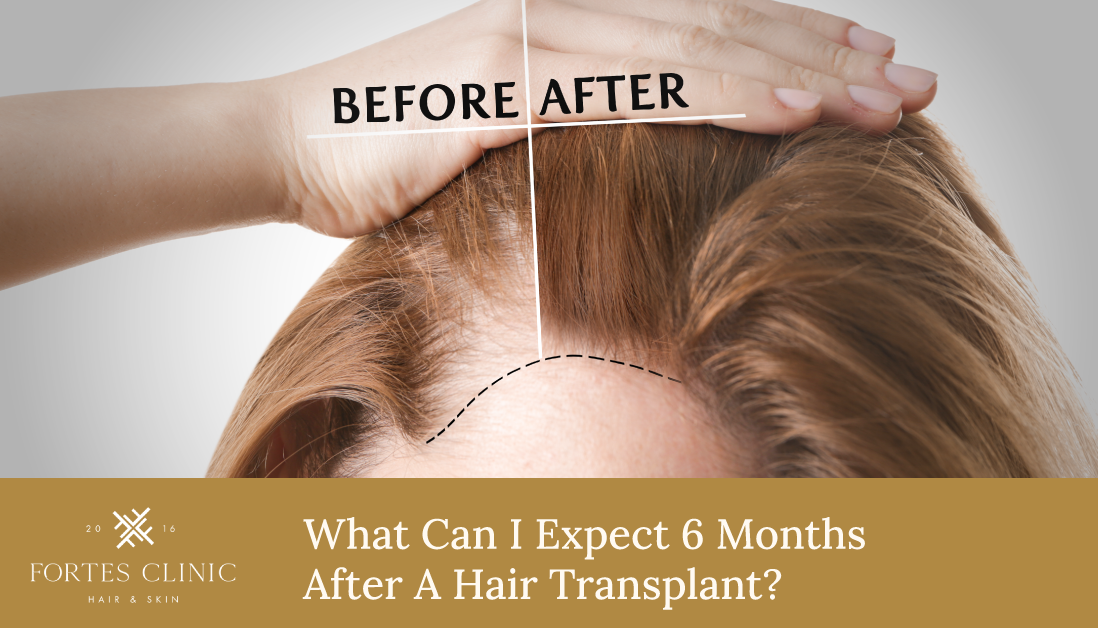What Can I Expect 6 Months After A Hair Transplant: An Introduction
Understanding the Timeline of Hair Transplant Recovery
A hair transplant is a significant step towards regaining confidence and restoring a fuller head of hair. However, it’s essential to understand that the journey to optimal results takes time. Six months after the procedure marks a crucial milestone in the recovery process, with noticeable changes in hair growth and density. In this article, we delve into what you can expect 6 months after a hair transplant.
The Early Stages: A Quick Recap
Preparing for Your Hair Transplant
Before undergoing a hair transplant, thorough preparation is essential. This includes scheduling a consultation with your surgeon to discuss your goals, medical history, and expectations. During this appointment, your surgeon will assess your scalp and hair loss pattern to determine the most suitable transplant technique.
Once your surgery is scheduled, you’ll receive pre-operative instructions to follow. These may include guidelines on medications to avoid, dietary restrictions, and any necessary pre-treatment preparations.
The Transplant Procedure
The transplant procedure typically involves harvesting hair follicles from a donor area, usually the back or sides of the scalp, and implanting them into the recipient area where hair loss has occurred. While the specifics may vary depending on the chosen technique (e.g., FUE or FUT), the overall goal is to achieve natural-looking results with minimal scarring.
After the surgery, you’ll be provided with post-operative care instructions to promote proper healing and minimise the risk of complications. This may involve taking prescribed medications, following a gentle cleansing routine, and avoiding strenuous activities that could disrupt the healing process.
The Recovery Process: Weeks 1-4
Immediate Post-Transplant
In the immediate aftermath of your hair transplant, you may experience some discomfort, swelling, and redness around the treated areas. This is entirely normal and can be managed with pain medication and cold compresses as recommended by your surgeon.
Following your post-op care routine diligently is crucial during this period to ensure optimal healing. This may include keeping the scalp clean and avoiding scratching or picking at the transplant sites. We delve into this phase more in depth in our previous article What Can I Expect 2 Weeks Post Hair Transplant?
Healing and Scabbing
As your scalp begins to heal, you may notice the formation of scabs or crusts around the transplanted follicles. While it can be tempting to remove them, it’s essential to resist the urge as doing so prematurely can disrupt the healing process and affect the outcome of your transplant.
Over the coming weeks, you’ll observe the shedding of transplanted hair, which is a normal part of the hair growth cycle. This may cause some initial concern, but rest assured that new hair will begin to emerge as the follicles enter the growth phase.
Progressing Through Months 1-3
Early Growth Signs
Around one to three months post-transplant, you’ll start to notice the first signs of new hair growth. Initially, the hair may appear thin and sparse, but this is temporary and part of the natural growth process. It’s essential to be patient during this phase as the transplanted hair gradually thickens and becomes more visible.
Establishing Growth Patterns
As you approach the six-month mark, you’ll begin to see more significant improvements in hair density and coverage. The transplanted follicles will continue to grow and establish their growth patterns, blending seamlessly with your existing hair for a natural-looking result.
If you experience any concerns such as slow growth or patchiness, it’s essential to communicate with your surgeon. They can assess your progress and provide reassurance or recommend additional treatments if necessary.
Reaching 6 Months After A Hair Transplant
Significant Growth Stage
At six months post-transplant, you’ll likely be amazed at the transformation that has taken place. Your hair will have grown significantly 6 months after a hair transplant, filling in areas of previous thinning or baldness and restoring a more youthful appearance.
Take the time to compare your current photos with those taken before your transplant to appreciate the progress you’ve made. While individual results may vary, reaching this milestone is a testament to the effectiveness of the procedure and your commitment to the recovery process.
Navigating Through Changes
As you enjoy the benefits of your hair transplant, it’s essential to manage your expectations and understand that further improvements may continue to occur over time. Some patients may experience additional growth beyond the six-month mark, while others may require touch-up procedures to achieve their desired results fully.
If you have any remaining concerns or questions about your progress, don’t hesitate to reach out to your surgeon for guidance. They can provide valuable insights and recommendations to ensure your continued satisfaction with the outcome of your hair transplant.
Factors Influencing Results
Lifestyle and Maintenance
Maintaining a healthy lifestyle and adopting good hair care practices can significantly impact the long-term success of your hair transplant. This includes following a balanced diet rich in essential nutrients, staying hydrated, and avoiding habits that can stress or damage your hair follicles.
Managing stress levels is also crucial, as high levels of stress can contribute to hair loss or hinder the growth of transplanted hair. Incorporating relaxation techniques such as meditation or yoga into your daily routine can help promote overall wellbeing and support healthy hair growth.
Genetics and Individual Response
While a hair transplant can effectively restore lost hair, it’s essential to recognise that genetic factors play a significant role in determining the outcome. Your genetic predisposition to hair loss may influence the density and longevity of the transplanted hair, as well as your overall response to the procedure.
Additionally, individual variations in healing and hair growth patterns can influence the final results of your transplant. By understanding these factors and maintaining realistic expectations, you can better appreciate the improvements achieved through your hair transplant journey.
Looking Ahead
Reaching the six-month mark after a hair transplant is an exciting milestone that signifies significant progress in your journey towards hair restoration. While the road to optimal results may have had its challenges, the improvements you’ve seen so far are a testament to your commitment to the process.
As you continue your hair transplant journey, remember to maintain open communication with your surgeon and follow their recommendations for post-operative care and maintenance. By doing so, you can maximise the longevity and natural appearance of your transplanted hair and enjoy the confidence that comes with a fuller head of hair.
Book your consultation today with Fortes Clinic.



